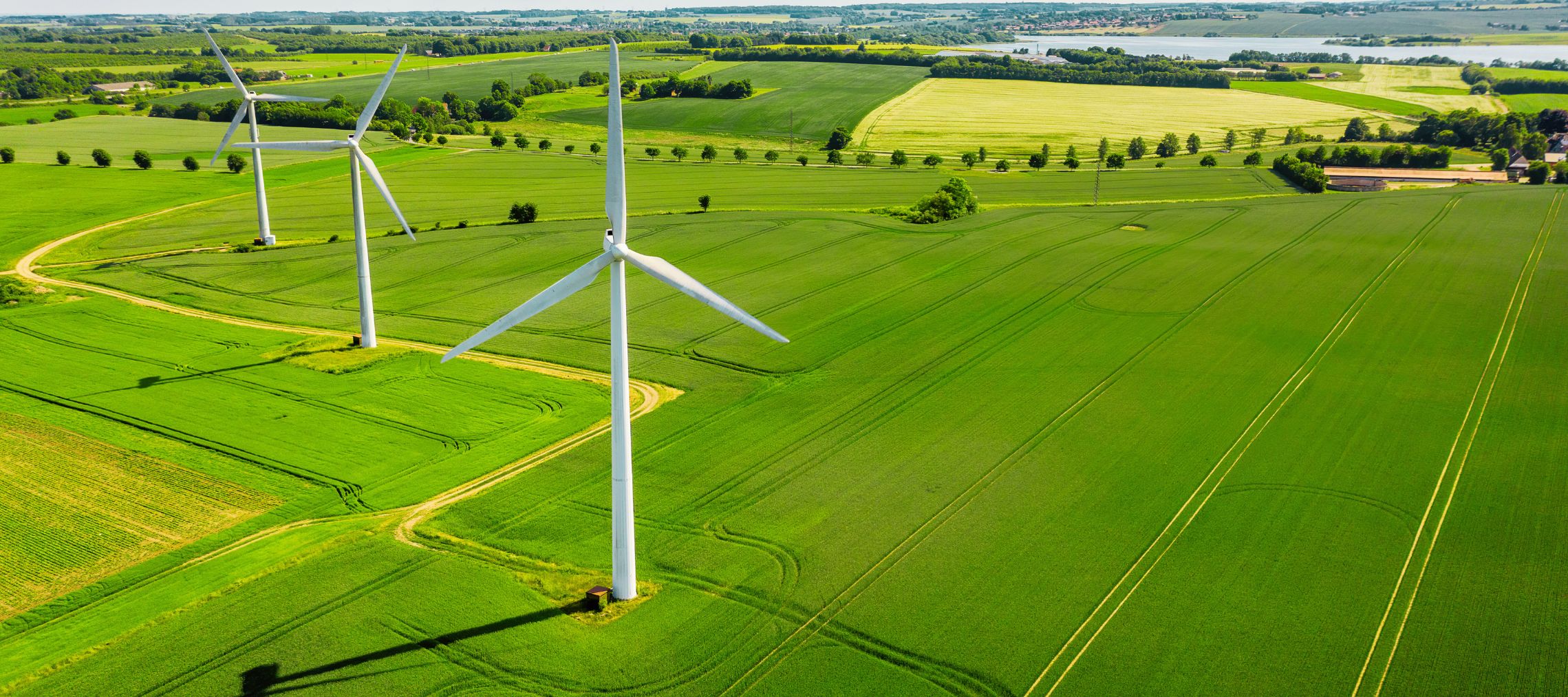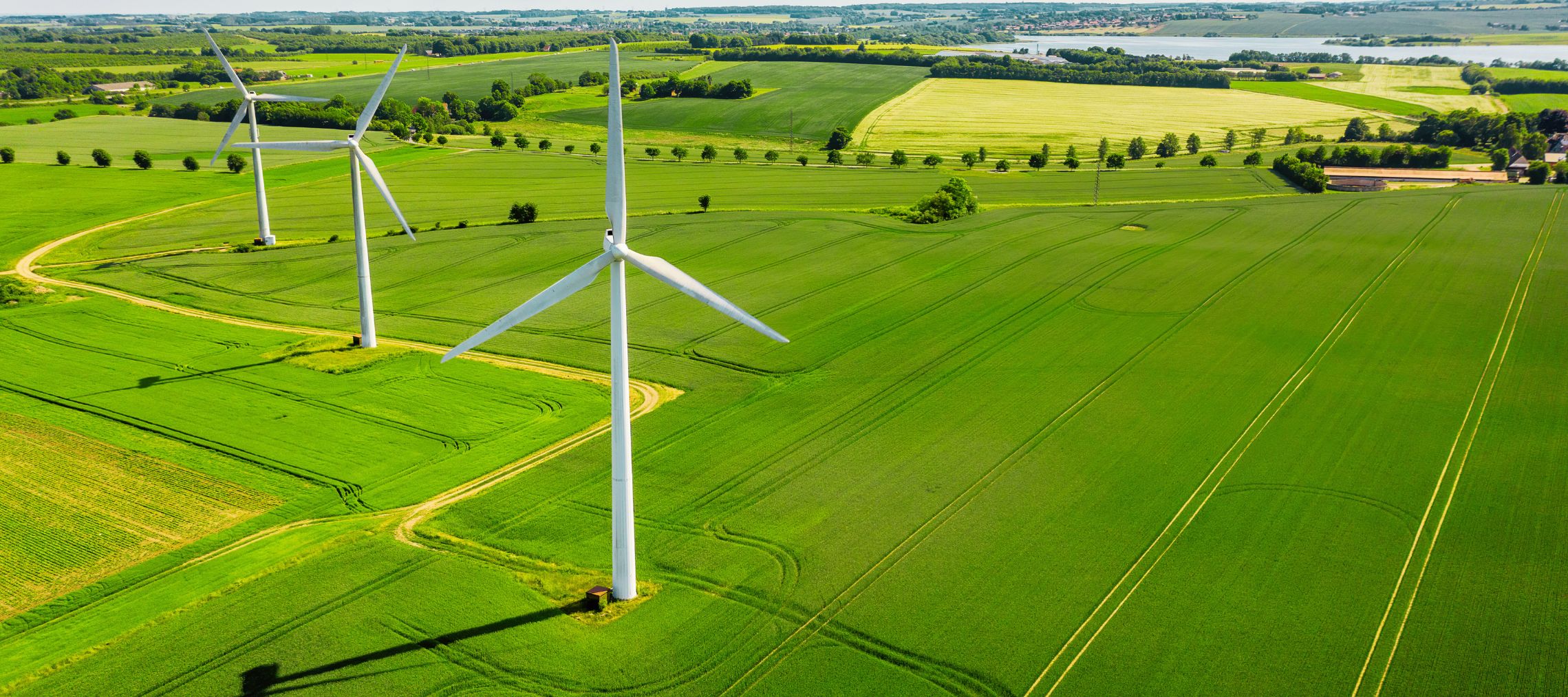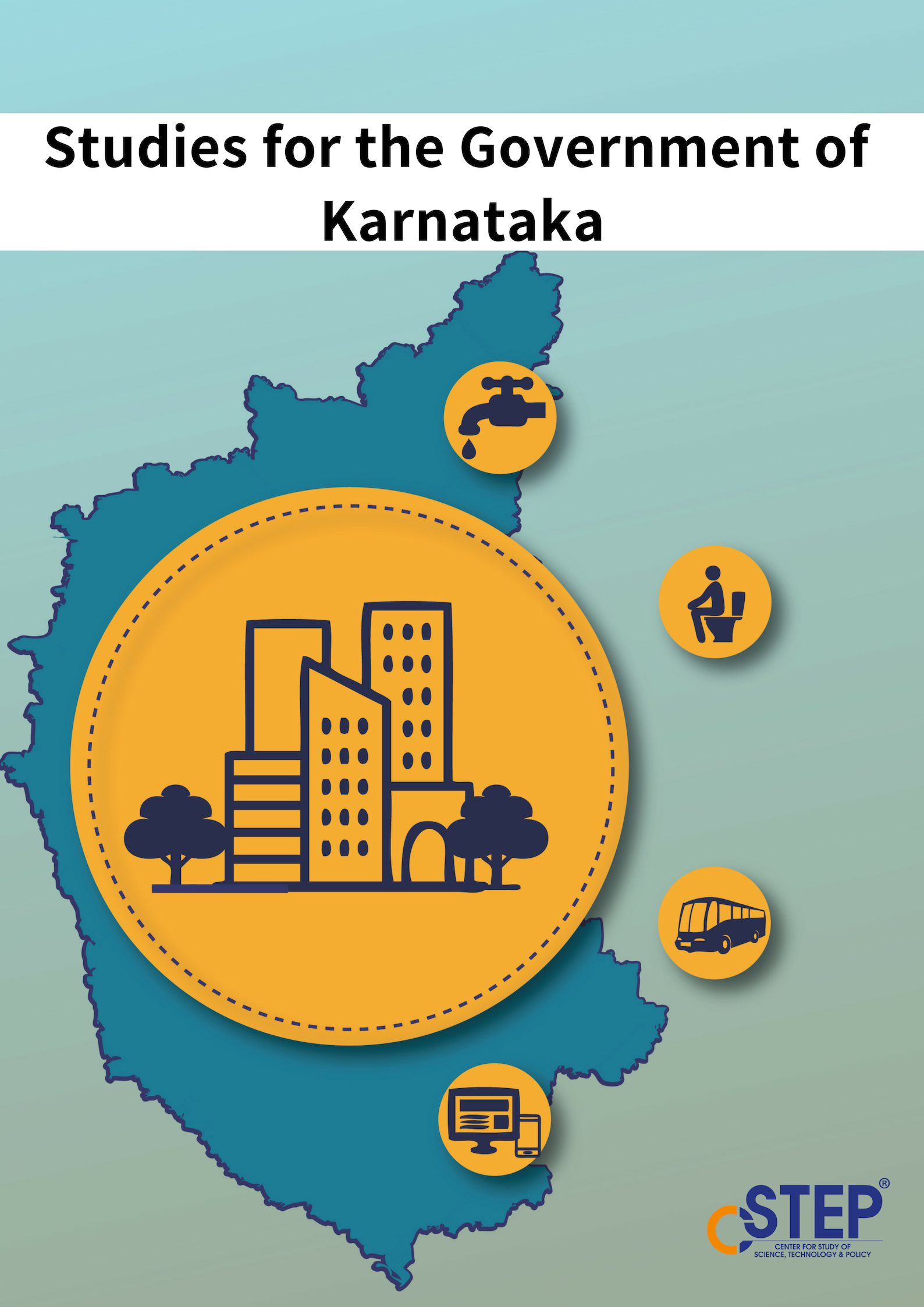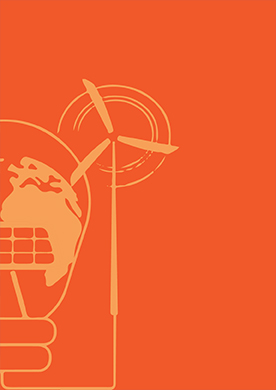India aims to meet its growing power demands through the expansion of its renewable energy capacity. This warrants a strong transmission infrastructure to integrate and evacuate renewable energy, as a transmission network acts as the backbone of power systems to transfer power from generation stations to load centres. As the country works towards this mission, a thorough transmission network analysis is needed to design a power evacuation scheme and assess technical feasibility. CSTEP supports transmission utilities to strengthen their transmission infrastructure and integrate a higher share of renewable energy to provide a reliable supply.




The Challenges of Setting up an International Power Grid
The International Energy Agency published a report entitled ‘Southeast Asia Energy Outlook 2022’ last month. It said that the rapid economic growth in most Southeast Asian countries since 2000 is now threatening their energy security, as they struggle to keep pace with their growing energy needs.
The scene is not very different for other regions of the world.
The impact of Covid-19 on India’s power demand
National economic activities were hit hard by the pandemic, and the power sector was no exception. The sector deviated from the expected energy supply and peak power demand growth trajectory during the pandemic years, and is now on the path of recovery.
OPINION: Is the RE+EV combination a recipe for Karnataka’s clean energy transition?
Renewable energy (RE) and electric vehicles (EVs) are currently the best bet for moving towards a sustainable future. A study by the International Council on Clean Transportation (ICCT) published last month says that with appropriate EV policies, India can scale down 45 per cent-50 per cent of its cumulative CO2 emissions from the road transport sector between 2021 and 2050.
Assessing the Impact of Integrating Electric Vehicles and Solar Rooftop Photovoltaic System into the Power Distribution Network
This paper presents our analysis of the impact of integrating electric vehicles (EVs) and rooftop photovoltaic (RTPV) on the power system distribution feeders at the 11 kV level. For the assessment, we selected a sample urban feeder that served both domestic and commercial consumers within Bengaluru city limits. The EV-demand projection was considered on the basis of a report by Indian Institute of Technology, Kanpur, while the RTPV potential was estimated using CSTEP’s Rooftop Evaluation for Solar Tool (CREST).
How an International Power Grid Will Help Optimise Our Solar Power Use
- In all countries, the clean energy transition comes with the problem of grid-balancing: matching the supply of power with its demand, owing to the intermittence of renewable energy.
- At the COP26 climate talks, India launched the ‘Green Grids Initiative – One Sun One World One Grid’, the first international network of a global solar power grid – with the UK.
- Under the GGI-OSOWOG initiative, the Indian grid can initially be connected to Africa, which accounts for 40% of total global horizontal irradiance.
- The India-Africa inter
Waste Heat: An Overview
For millions of years before human activity, the extent of heat radiated away from the earth remained largely unchanged, thus ensuring global climate patterns remained stable. Lately, the effects of anthropogenic climate change have become increasingly obvious in the form of increased incidence of forest fires, icecap melting, and hurricanes. The drastic increase in the levels of greenhouse gases (GHGs) in the atmosphere due to the Industrial Revolution has reduced the level of heat radiated away, thereby retaining more heat within the global climate system.
Smart Metering: A Status Check
The power sector is in the throes of a transition. This change is being driven mainly by renewable energy integration, energy storage technologies to support the renewables, and smart meters. By tracking electricity usage round the clock, smart metering facilitates dynamic pricing (raising or lowering the cost of electricity based on need), helping distribution companies (DISCOMs) cut down on commercial losses.
Grid Impact for High RE Scenarios in Southern India
The Southern Region (SR) leads renewable energy (RE) deployment in India, having an installed capacity of about 43 GW as of December 2020. Recognising the immense RE potential of this region, the Ministry of New and Renewable Energy (MNRE), Government of India, has set an ambitious RE target of 59 GW for SR by 2022. However, the implications of injecting this additional power into the grid have to be understood. Because of the intermittent nature of renewables-based power, grid integration of RE has distinct technical implications.
Green energy spikes up
The ongoing pandemic has spared none, including the power sector. According to the International Energy Agency (IEA), following the pandemic, the global energy demand has reduced by around 6%. This, along with the increase in the percentage share of renewable energy sources, indicates that carbon emissions this year will decrease by around 8%.
An empirical model for ramp analysis of utility-scale solar PV power
Short-term variability in the power generated by utility-scale solar photovoltaic (PV) plants is a cause for concern for power system operators. Without quantitative insights into such variability, system operators will have difficulty in exploiting grid integrated solar power without negatively impacting power quality and grid reliability. In this paper, we describe a statistical method to empirically model the ramping behavior of utility-scale solar PV power output for short time-scales.